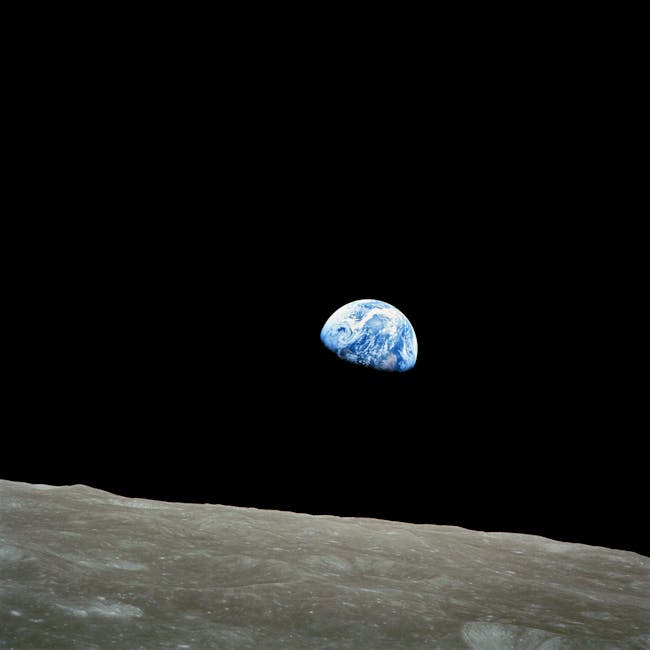
For the past few decades, scientists have been investigating whether life on Earth originated from space. It was proposed that asteroid impacts could have brought organics to Earth that lead to the first signs of life. This theory is often referred to as “the panspermia hypothesis”.
What Is Panspermia?
Panspermia is the hypothesis that life on Earth was spread by an external source, or distributed throughout the universe by natural transport processes such as meteorites and comets.
The Evidence In Favour of Panspermia
There is some evidence that supports the panspermia hypothesis. Organic compounds have been found in meteorites and comets, suggesting that these extraterrestrial materials could have seeded the Earth with organic compounds. It has also been suggested that a comet or asteroid may have brought water to Earth, allowing the fledgling oceans to form.
Furthermore, if the panspermia hypothesis were true, it would explain why life on Earth appears to have developed relatively quickly in comparison to its formation.
The Challenges With Panspermia
Despite the evidence in favour of panspermia, there are also a few challenges with this theory:
- Surviving in Space: Life on Earth has evolved to survive in our planet’s atmosphere and temperature conditions. With no atmosphere and extreme temperatures, it is unclear how organisms could survive a journey through space.
- Infecting Earth: If panspermia did occur, it is unclear how a foreign organism would be able to take root on Earth.
- Mass Extinction Events: The fossil record has demonstrated that there have been many mass extinction events, when a large proportion of species on Earth perished. If panspermia were true, then how could new life forms continuously enter the planet without wiping out existing species?
Conclusion
Ultimately, the panspermia theory is an interesting and viable hypothesis. While there is compelling evidence in favour of the idea, there are still also a few unanswered questions that need to be explained. The discovery of components of living cells in meteorites, such as carbohydrates, amino acids, and even proteins, raises the question: did the seeds of life arrive on Earth inside an asteroid after a violent collision?
The oft-cited theory, known as panspermia, suggests that life initially formed somewhere else and was delivered to Earth by comet, asteroid or meteorite. It is believed that the meteorites travel through space and, when they explode upon entry into the Earth’s atmosphere, the microscopic components of living organisms are scattered around the globe.
The most direct evidence for this hypothesis came from dinosaur-killing meteorite called Alvarez-B boundary. This high-energy celestial body would have produced enough energy to send shockwaves throughout its collision trajectory, scattering the ancient life forms across our planet.
Recent research brings further evidence to this theory. In 2017, researchers from the Brown University of Providence, RI, analyzed a suite of 50 meteorites from twenty-two different meteorite falls in the US, France, Antarctica and the Sahara. By subjecting them to analytical techniques such as nano-scale secondary ion mass spectrometry, the scientists were able to identify an interesting variety of organic compounds including formamide and glycine.
Formamide is a polar molecule that is capable of binding nucleic acids. Glycine on the other hand, is the simplest amino acid and one of the building blocks of proteins. The presence of these compounds suggests that the meteorites could have carried the components of life to our planet.
Moreover, organic compounds are volatile and can become embedded in the ice of comets. If the conditions are right, crystals of glycine can form from the ice and be released from comets when they enter Earth’s atmosphere.
The panspermia theory may be hard to swallow for some but it’s an interesting idea. If seeds of life did indeed ride to Earth inside an asteroid, then a fundamental question arises: where did this life form originate? While we may never know the answer to this question, the discovery of these complex organic compounds provides us with a clue that our planet is home to life originating from beyond its borders.
















